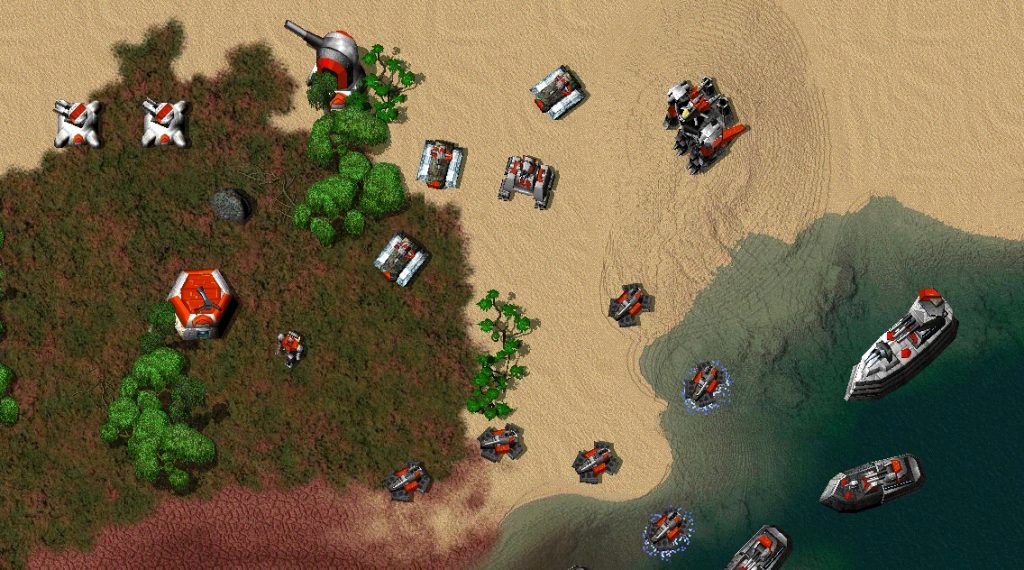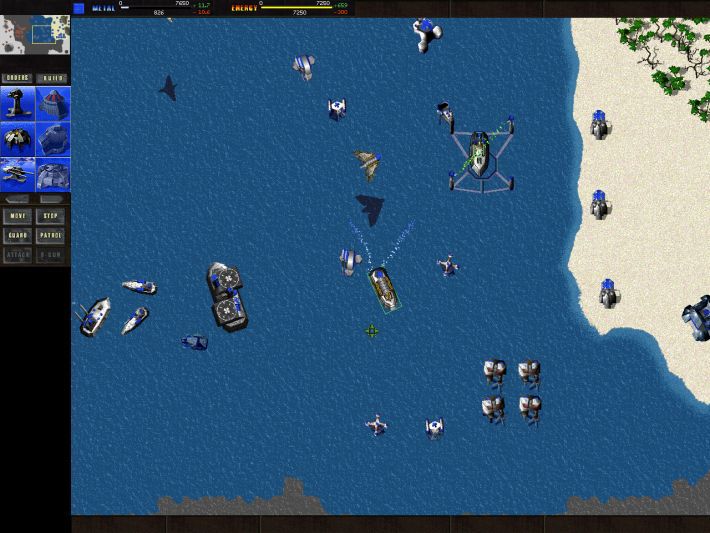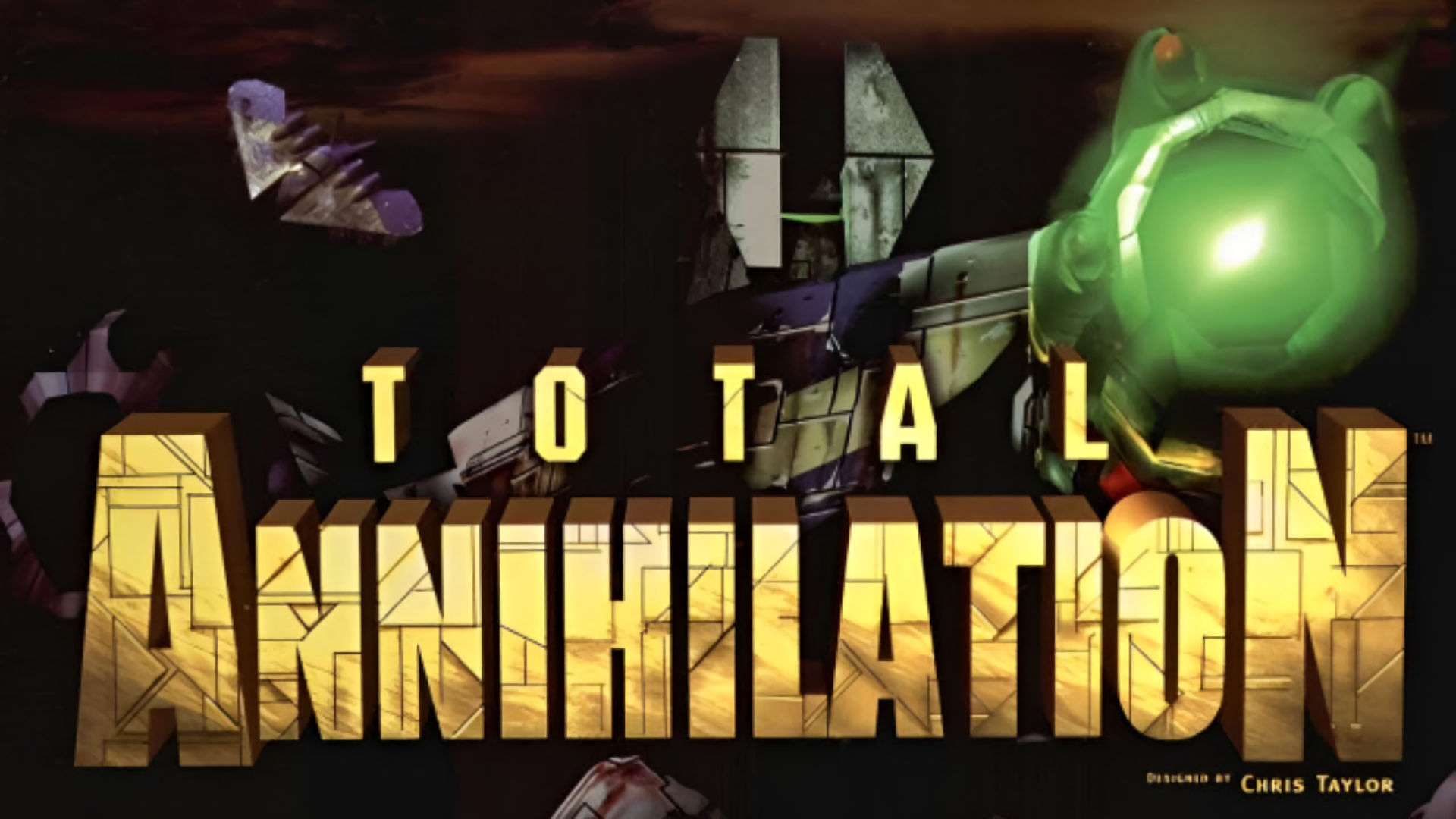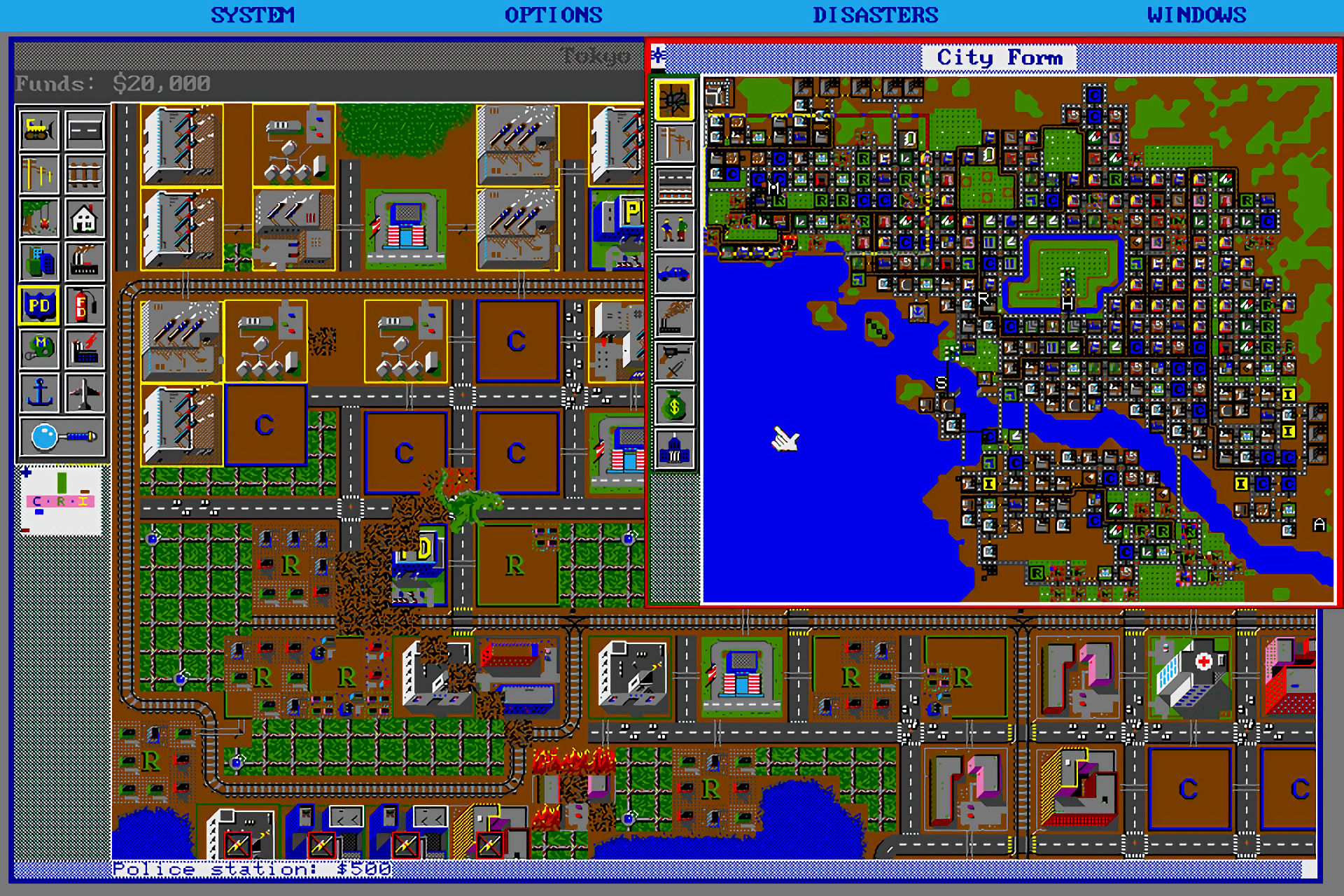Released in 1997 by Cavedog Entertainment, Total Annihilation is a landmark title in the real-time strategy genre. Designed by Chris Taylor, the game was revolutionary, pushing the boundaries of what was possible in RTS gaming. It introduced several gameplay mechanics and technological advancements that not only set it apart from its contemporaries but also laid the groundwork for future RTS games. This retrospective examines the key elements of Total Annihilation, its impact on the RTS genre, and its enduring legacy in the gaming world.
Storyline
The narrative of Total Annihilation is set in a distant future where two factions, the Core and the Arm, are locked in a bitter and unending conflict. The Core represents a technologically advanced faction that values perfection and efficiency, having transferred their consciousness into machines to achieve immortality. In contrast, the Arm is composed of human rebels who reject the Core’s philosophy, fighting to preserve their humanity and individuality.
- The Core: Originating as the dominant power, the Core’s central philosophy revolves around the concept of the “Pattern,” a process by which human minds are digitized and uploaded into robotic bodies. This process, while ensuring immortality and uniformity, leads to a totalitarian regime that suppresses dissent and enforces strict control over its population.
- The Arm: The Arm is formed by a group of rebels who escape the Core’s domination. They oppose the Pattern and the loss of human essence it entails. The Arm fights to restore freedom and human sovereignty, believing that the soul and human experience cannot be replicated by machines.
The conflict between these two factions spans over a thousand years, with both sides utilizing vast armies of robotic units to wage war. The storyline, though not heavily emphasized in-game, provides a rich backdrop for the epic battles and strategic gameplay that define Total Annihilation.

Gameplay Innovations
Total Annihilation introduced several innovative gameplay mechanics that have since become staples in the RTS genre:
- True 3D Terrain and Units: Unlike its predecessors which used 2D sprites, Total Annihilation featured true 3D models for units and terrain. This allowed for more realistic and dynamic battles, where elevation and line of sight could significantly impact strategy.
- Advanced Resource Management: The game employed a sophisticated resource system based on metal and energy. Resources were gathered continuously, creating a flow-based economy that required players to maintain a balance between expansion and defense.
- Unit Variety and Customization: Total Annihilation boasted an impressive array of units, from basic infantry to massive experimental machines. Players could also build structures that allowed for further customization and upgrading of units, adding depth to strategic planning.
- Complex AI and Pathfinding: The game featured advanced AI for its time, with units capable of navigating complex terrain and executing sophisticated strategies. This added a layer of unpredictability and challenge, enhancing the overall gameplay experience.
- Dynamic and Persistent Battlefields: Destructible environments and persistent wreckage created a more immersive and realistic battlefield. Players had to adapt to changing conditions and could use the remains of destroyed units for resource gathering.
Technological Advancements
Total Annihilation was a technical marvel when it was released, pushing the envelope in several areas:
- Engine Capabilities: The game’s engine was highly advanced, capable of rendering thousands of units in real-time and handling complex interactions between them. This set a new standard for what was possible in RTS games.
- Sound Design: The game featured an orchestrated soundtrack by composer Jeremy Soule, which dynamically changed based on in-game events. This level of audio integration was unprecedented and greatly enhanced the immersive experience.
- Modding Support: Total Annihilation was one of the first RTS games to offer extensive support for user-created content. The game’s robust modding tools allowed the community to create new units, maps, and even entirely new game modes, extending the game’s lifespan and fostering a dedicated fanbase.

Influence on Modern RTS Games
The innovations and advancements introduced by Total Annihilation have had a lasting impact on the RTS genre, influencing many modern titles:
- Supreme Commander: Designed by Chris Taylor himself, Supreme Commander is often seen as the spiritual successor to Total Annihilation. It expanded on the concepts of large-scale battles, complex economies, and advanced AI, solidifying the legacy of its predecessor.
- Company of Heroes: This game adopted the destructible environments and dynamic battlefield conditions pioneered by Total Annihilation. The emphasis on terrain and line of sight in Company of Heroes can be traced back to the innovative mechanics of Total Annihilation.
- StarCraft II: While StarCraft II follows a more traditional RTS formula, it incorporates advanced AI and pathfinding, as well as a focus on resource management that echoes the systems used in Total Annihilation. The game’s use of modding tools and community engagement also mirrors the approach taken by Total Annihilation.
- Planetary Annihilation: Directly inspired by Total Annihilation, this game takes the concept of large-scale warfare to an interplanetary level, showcasing the enduring appeal of the mechanics and themes introduced by its predecessor.
Legacy and Community
The enduring legacy of Total Annihilation is evident in the continued activity within its community and the respect it commands in the gaming industry:
- Active Modding Community: Even decades after its release, Total Annihilation continues to have an active modding community. Fans regularly create new content, keeping the game fresh and relevant.
- Spiritual Successors: The game has inspired several spiritual successors, including the aforementioned Supreme Commander and Planetary Annihilation. These titles aim to capture the essence of Total Annihilation while introducing new innovations.
- Industry Recognition: Total Annihilation is frequently cited by game developers and critics as one of the most influential RTS games of all time. Its pioneering mechanics and technological achievements are still studied and admired.
- Remasters and Ports: The game’s enduring popularity has led to several remasters and ports, allowing new generations of gamers to experience its groundbreaking gameplay.


Conclusion
Total Annihilation stands as a testament to innovation and forward-thinking design in the RTS genre. Its influence is evident in many modern RTS games, from its advanced AI and resource management systems to its dynamic battlefields and modding support. As a pioneer of true 3D terrain and unit modeling, it set a high standard for visual and technical excellence. The game’s legacy continues to thrive, thanks to a dedicated community and the ongoing impact of its groundbreaking ideas on new titles. For anyone interested in the evolution of RTS games, Total Annihilation remains a cornerstone that shaped the genre’s past, present, and future.



